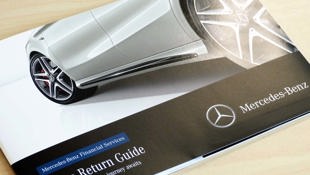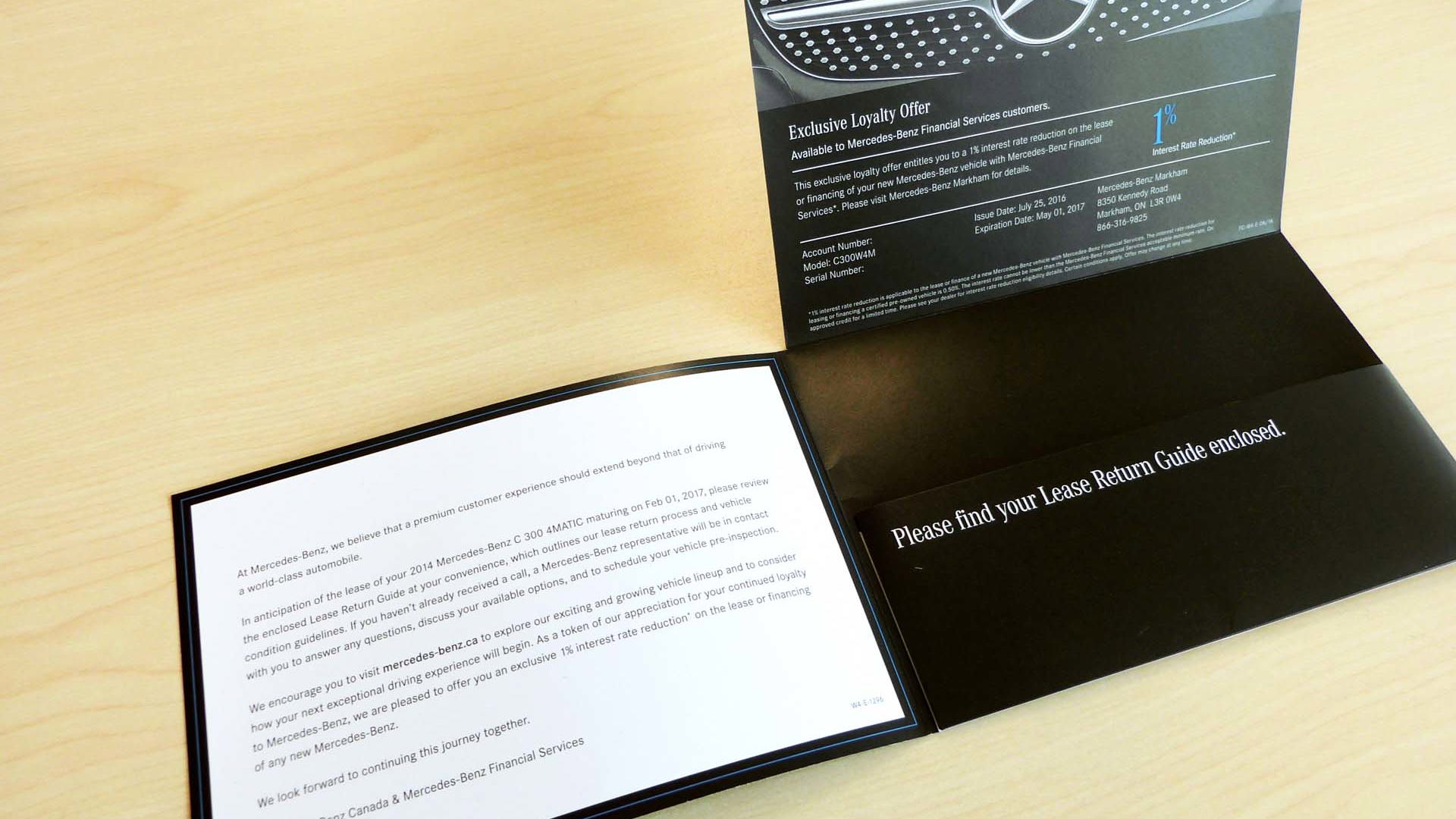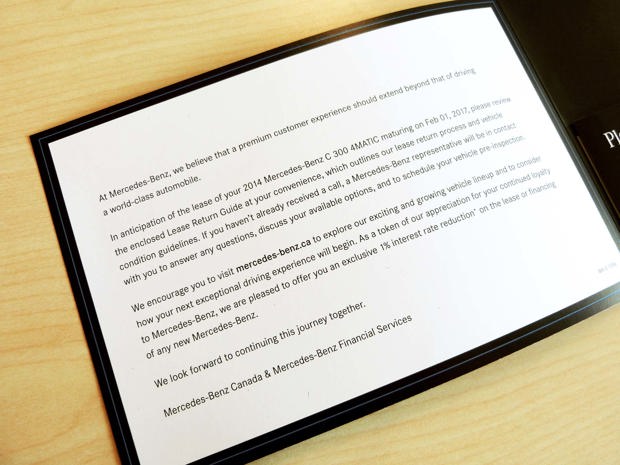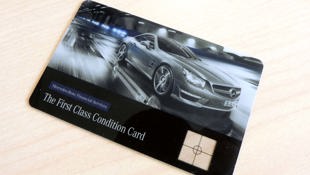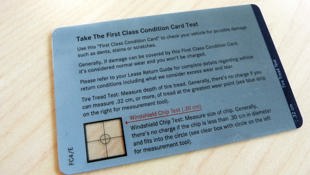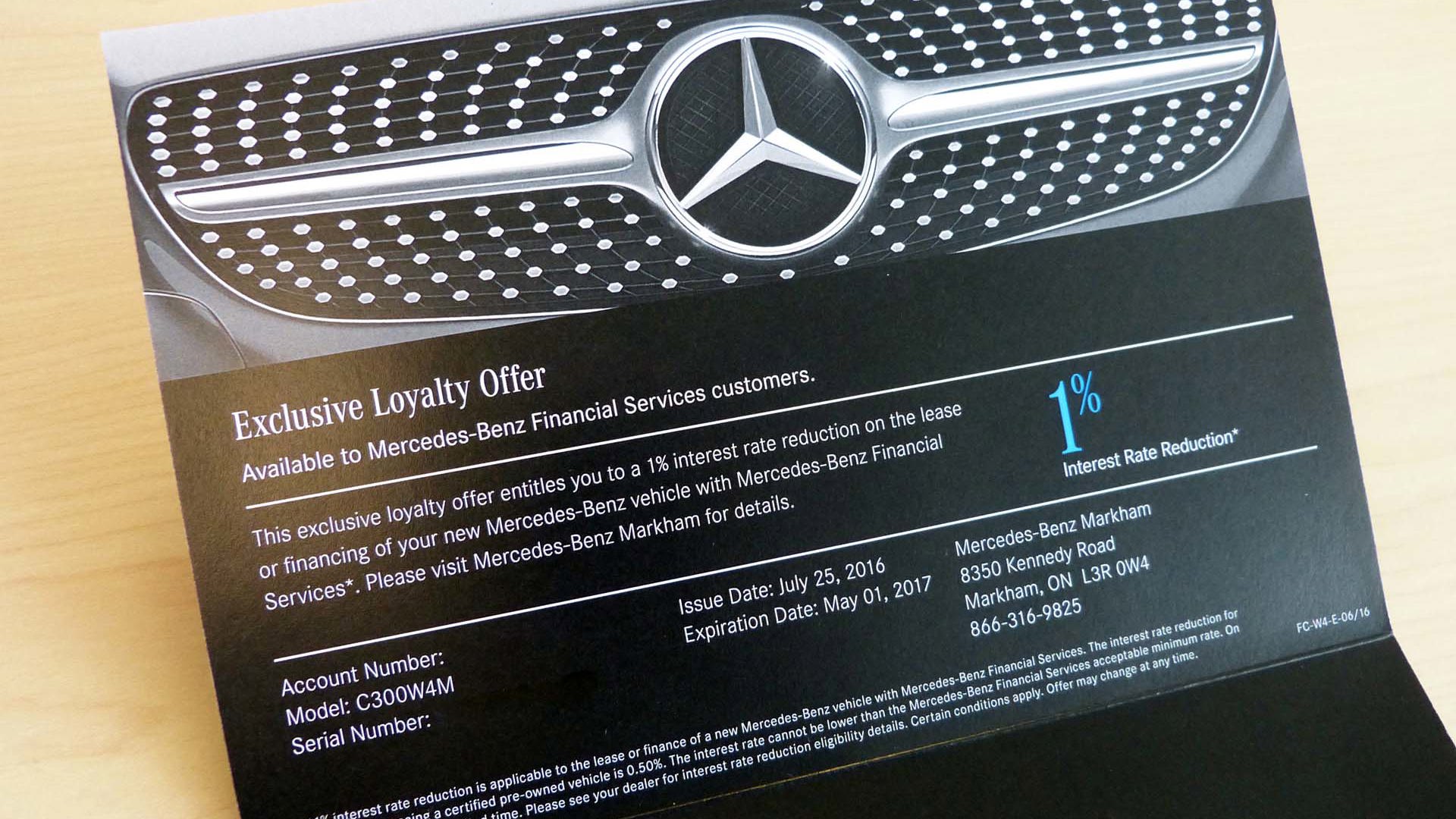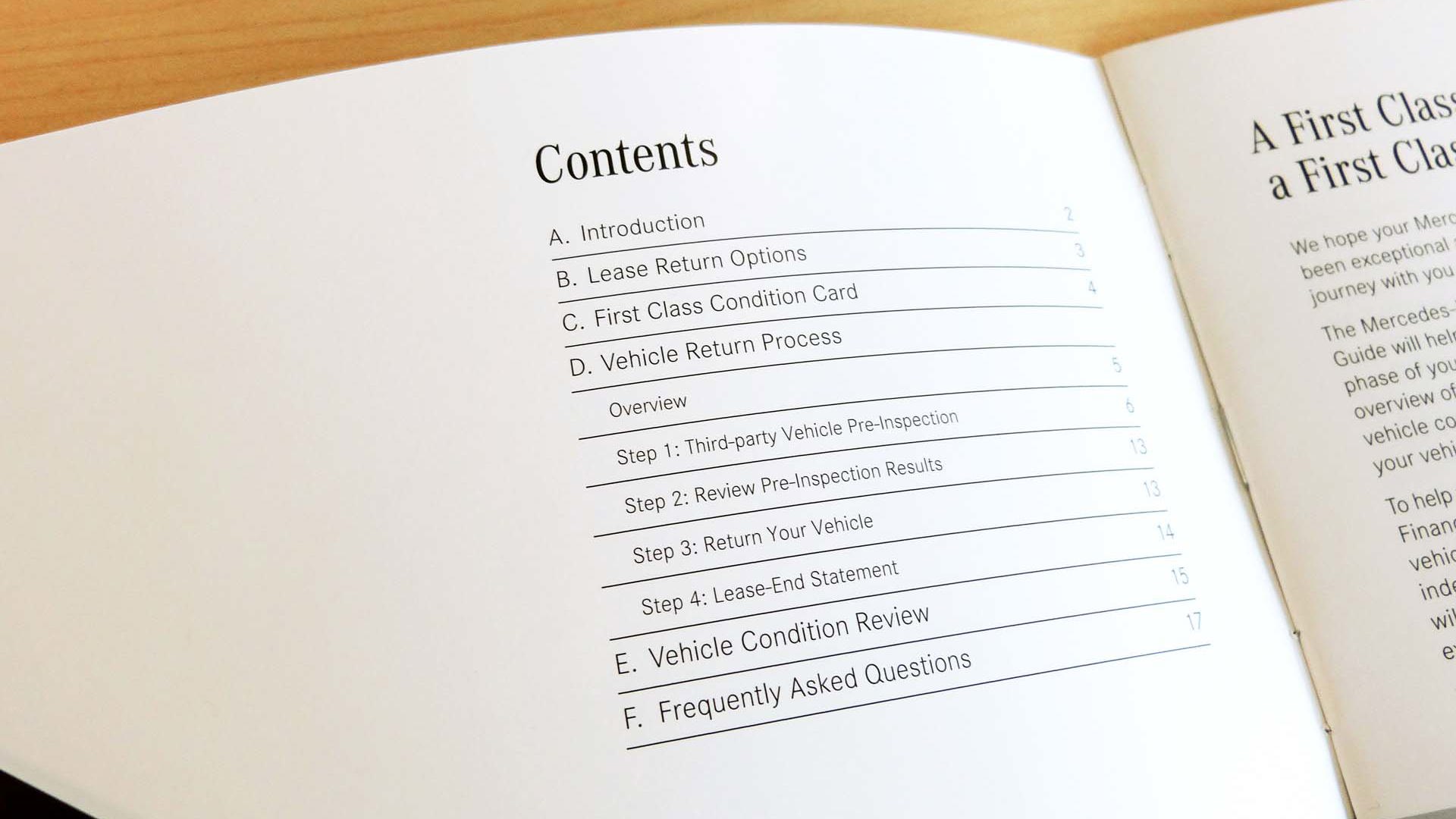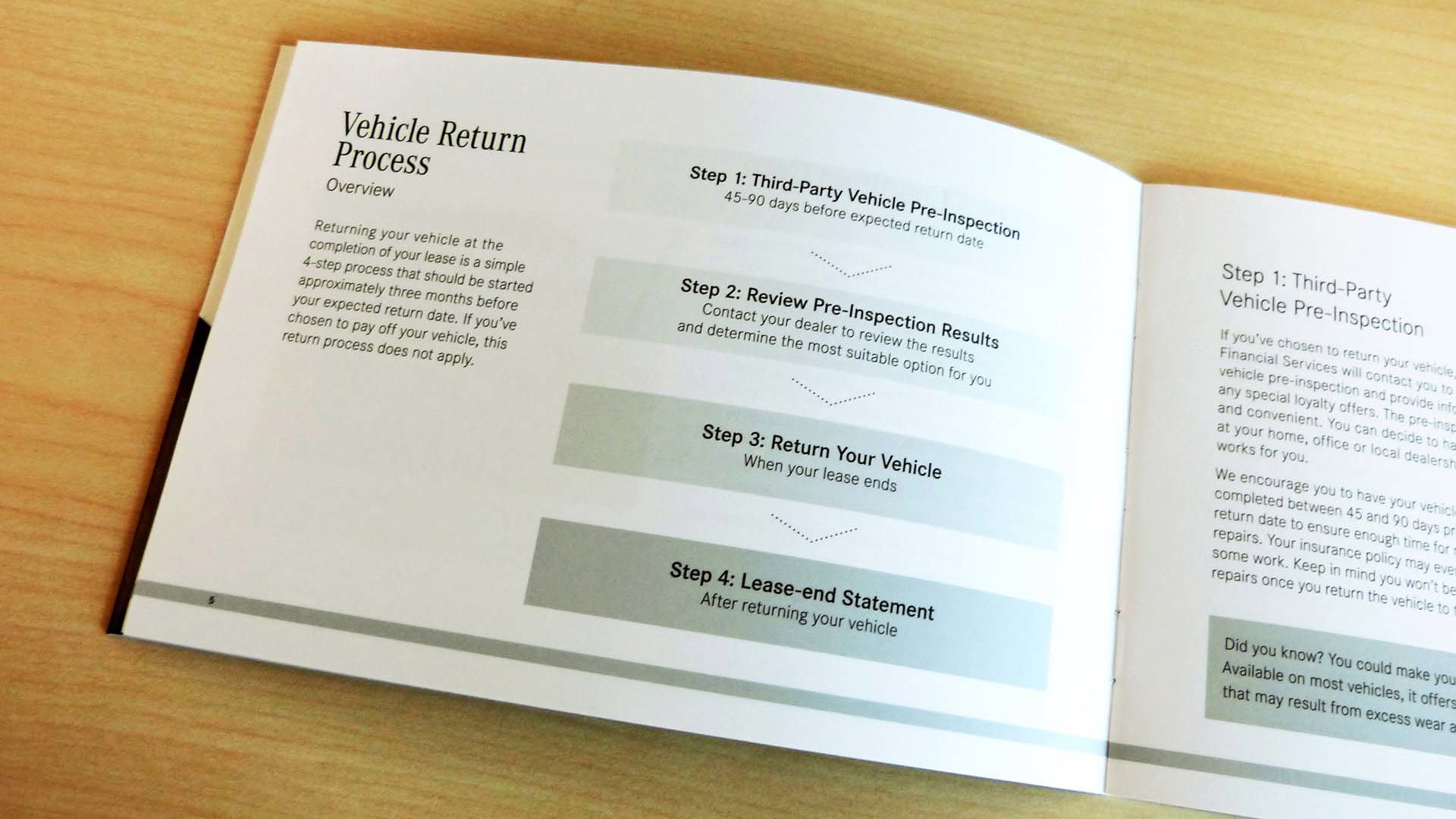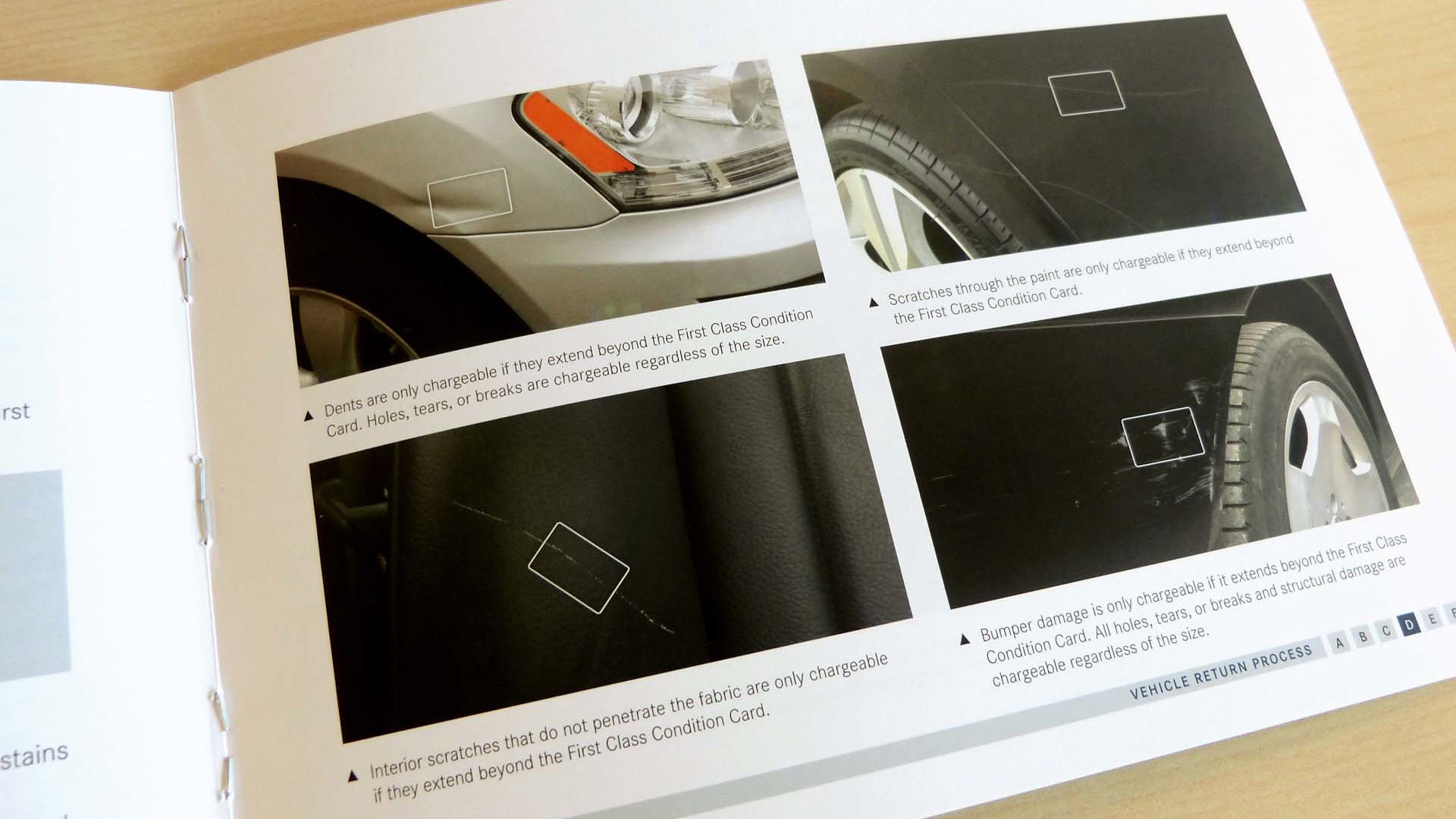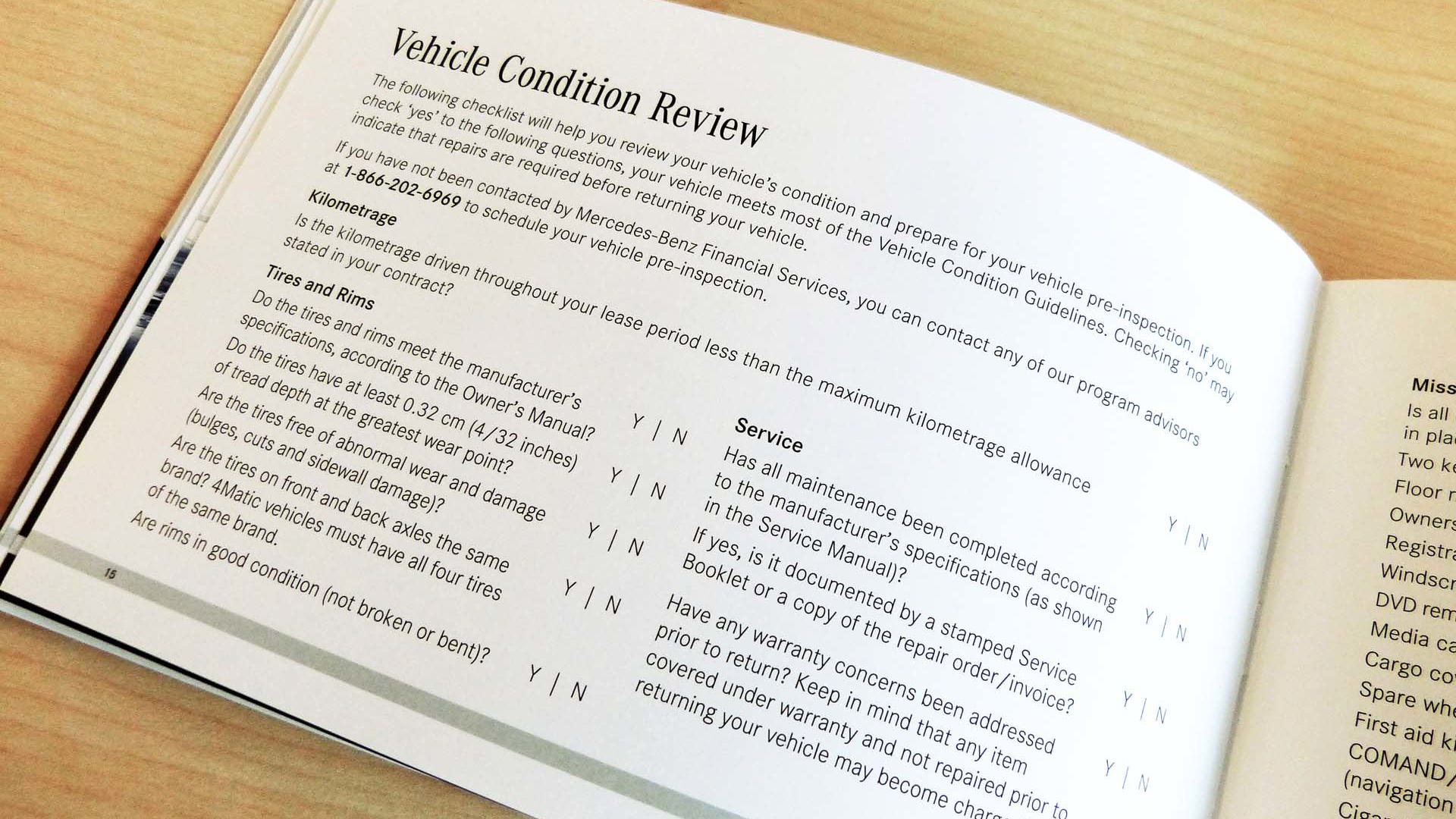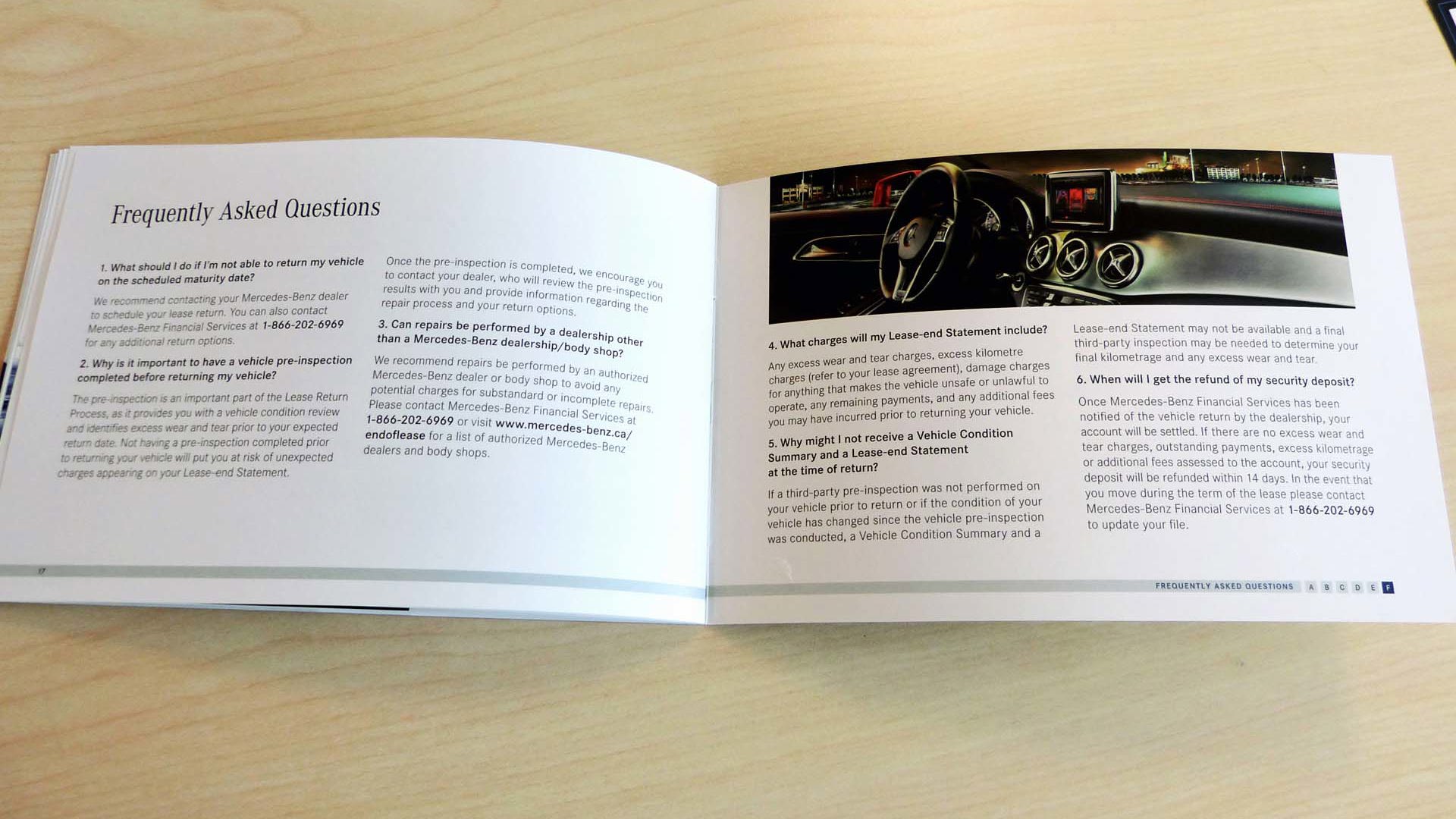During the 36 years he’s worked as the finance and lease manager for Vancouver’s Downtown Toyota (now Jim Pattison Toyota Downtown), Doug Ozey has seen it all, up to and including a lease return dropped off by a tow truck, having been hauled out of a lake like the ruined Porsche in Risky Business. “You do occasionally get people who think they can just walk away from a leased vehicle if something goes wrong,” Ozey notes, “but of course it doesn’t work that way.”
The reality is that while a leased vehicle may feel like your own personal property, it’s actually more like a long-term rental. And just like with a rental car, you’re expected to return your leased vehicle in good condition, or pay for any damage.
If you’ve got a leased vehicle that’s coming up for return, or if you’re considering leasing your next vehicle, here are some top tips to help you avoid getting dinged for what’s commonly called “excess wear and use” and to help make the eventual lease return process go smoothly.
Consider an excess wear and use waiver
Just like with rental cars, most lease agreements can be had with an extra-cost “damage” waiver, which for leased vehicles will cover excess wear and use up to a set amount (typically about $4,000 provided no damage from a single incident exceeds $1,000) for an agreed up-front fee (typically in the $750 range).
If you’re a particularly careful driver who doesn’t cover a lot of miles, the economics might not appear to work in your favour, but keep in mind that no matter how careful you are you can’t always be there to protect your car from parking lot damage, and flying gravel will chip even the most careful driver’s windshield. “I see excess wear and use protection as being more important than an extended warranty,” remarks Ozey. Don’t get fooled by the “wear and use” terminology, however – it really means “wear and tear”, and excess use in terms of mileage isn’t covered by the waiver.
Avoid excess mileage
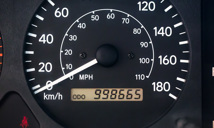
With the exception of some commercial leases, pretty much all leases are based on a set period of time and maximum allowed mileage. You don’t want to exceed the mileage allowance because it’s both expensive – typically at least 25 cents per km over the agreed maximum – and essentially non-negotiable. The key to avoiding excess mileage charges is to be honest with yourself about how much you drive, and to sign a lease that fits your usage patterns. If you commute to work, consider the impact any change of job location might have. And be wary of lengthy road trips, which can rack up thousands of kilometres at a time. Ask yourself if it makes sense to take your leased vehicle, or whether there’s a better choice available.
If you have a leased vehicle that’s approaching its maximum mileage allowance, you’ve got a couple of options depending on how close you are to the end of the lease: If it’s close to the end of the term, and you know someone trusted who drives a lot less than you, you might consider swapping cars for a while. This can be an especially good option for spouses. Alternatively, if you calculate that the amount of excess mileage won’t be too high, you could consider simply sucking it up and paying the charges – but make sure to get confirmation first of exactly how much the charges will be.
If you’re only partway through a lease and already pushing your mileage limits, your choices are limited. “In those cases, it may be worth either doing an early lease return, or buying out the vehicle,” says customer relation associate Eric Ho at Brian Jessel BMW. With an early return you can often get a favourable rate on a new lease, but the trick is to talk to your lease representative early in the process, before the mileage rolls over that magic number.
Keep up with maintenance
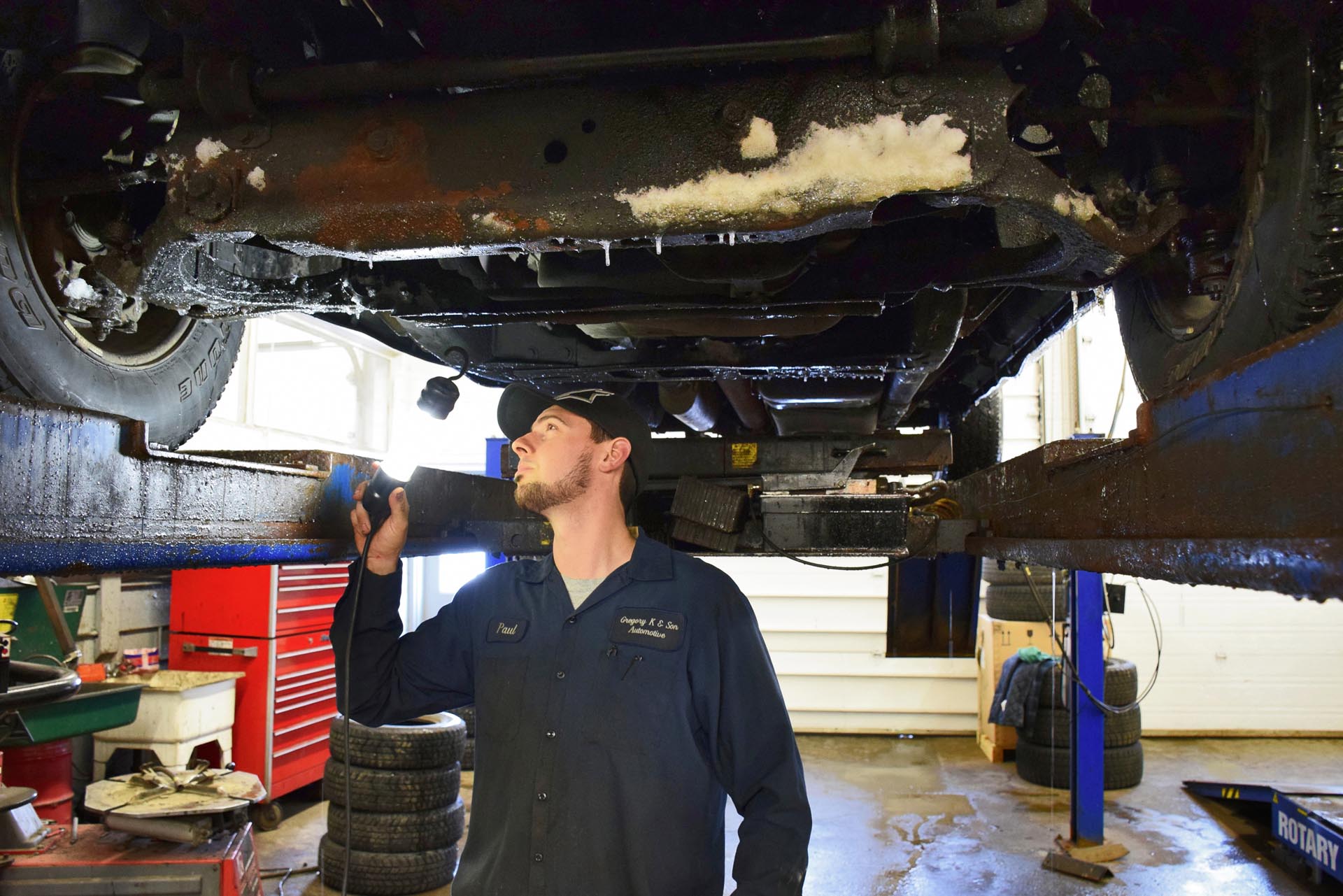
It may seem obvious, but it’s important to keep up with the maintenance on your leased vehicle. With many new cars offering generous warranties and even free scheduled maintenance plans for the first few years, this needn’t be expensive, but you still need to schedule the appointments and bring the car in. Keep your receipts in case you’re asked to provide a record of the service.
Speaking of warranties, if you’ve leased a demo vehicle or certified pre-owned vehicle, keep in mind that the warranty will have started counting down well before you took possession – you’ll want to make sure that any warranty issues are taken care of before the warranty expires, or they become your problem, and a potential extra cost. This also applies to getting any recall work looked after.
Finally, don’t mess with your leased vehicle’s factory specs. Aftermarket wheels, performance chips, suspension modifications and such may make the car better in your eyes, but will almost certainly be viewed as deficiencies and charged backed to you if you don’t return them to factory spec before returning the car to the dealer (one general exception is dealer-installed upgraded wheels).
Start the return process early
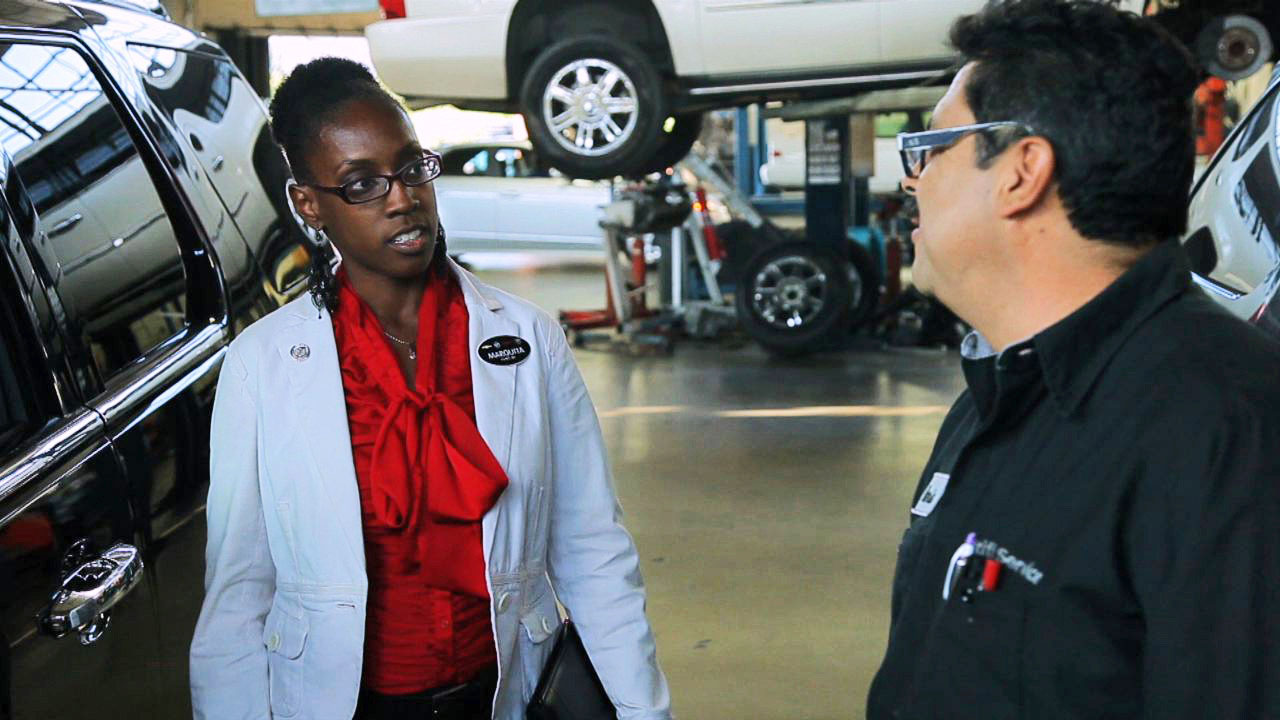
It’s difficult to do much about excess mileage, but a lot of other common lease return issues can be dealt with in an economical manner provided you don’t leave things until the last minute. Many manufacturers, such as BMW and Mercedes-Benz, provide comprehensive lease return packages that explain the lease return process and requirements in detail. At a minimum, most companies will contact you well in advance of you lease expiry – three months in advance is pretty typical – to schedule a lease return appraisal.
Take advantage of this lead time by booking your appointment early, at a time and place that allows you to be there. This way, you’ll be able to talk with the appraiser and you’ll have plenty of time to address any problems revealed by the appraisal. And don’t be afraid to bring your car into the dealer to get advice on how to proceed. “The last thing we want to see is a customer who’s been happy with their car, but who gets scared off from leasing again due to unexpected surprises,” points out Ozey, “so we offer free appraisals to help identify deficiencies, and advice on how to address them in the most cost-effective manner possible.”
The most common triggers for excess wear and tear charges include body damage, worn or inappropriate tires, windshield damage, and interior damage (tears, scratches, stains and cigarette burns). Different manufacturers have different standards for what counts as “fair” wear and tear, but in almost all cases it’s cheaper to address these common issues before returning the car, rather than paying the dealer to fix it for you after the car is returned.
A common guideline is that body damage that can be completely hidden under a credit card and doesn’t involve punctures or gouges in the panel is generally deemed acceptable wear and tear, and tires with a minimum of 1/8” tread depth (3.3 mm) are considered acceptable. The rules regarding windshield damage and interior damage are more variable – some manufacturers are quite relaxed about what’s considered acceptable, others are extremely strict and will charge for any damage, including noticeable windshield repairs. This is where an early appraisal is really helpful, telling you exactly what you’ll be charged for if the car is returned “as-is”.
For significant body and windshield damage, your best bet is likely to go through your insurance company: The deductible on a windshield is nothing compared to the cost if you return the lease and end up paying dealer rates for a new windshield. As for body damage, even older damage is usually covered if you have comprehensive and collision coverage.
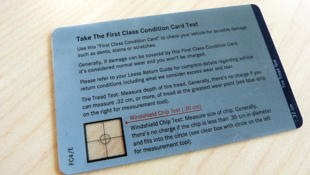
Even if you prefer not to involve your insurance company you can still realize savings by handling things yourself: Your lease terms may allow windshield repairs (which are much cheaper than a new windshield), and for bodywork you can take advantage of spot-repair shops that specialize in fixing minor damage – your local used-car dealer can likely recommend a good shop, but keep in mind that visible repair defects such as overspray or visible sanding marks will likely invoke excess wear and tear charges just as readily as the original damage, so make sure you’re dealing with a reputable shop and ask to see some of their work.
Interior damage can often be patched up with “invisible repair” methods, and reputable repair technicians can be found by searching the Internet or asking your local detailer or used car dealer. Alternatively, some interior parts can be replaced entirely with good used parts.
When it comes to tires, most manufacturers allow any brand of replacement tires provided the tires match on each axle and are of equivalent type and quality to the originals. For luxury and performance vehicles, however, the standards can be much more strict. “BMW requires star-marked run-flat tires,” points out Ho, “and that can catch some customers by surprise if they’ve put on non-conforming tires.” Mercedes-Benz requires all four tires to match if the vehicle is equipped with 4Matic all-wheel drive.
Having winter tires on the car can also catch customers by surprise: In some locales the lease company might accept a car with winter tires provided it’s returned during the winter, but more typically you’ll be expected to return the car with tires equivalent to what it had when new. So if you’re running winter tires make sure you bring your summer or all-season tires along too.
Keep in mind that the tires need to match the manufacturer’s requirements and minimum tread depth requirements, but they don’t need to be new. “Used tires can be the best option for a car you’re about to return,” says Ozey, “provided they’re of the same general type and tread pattern.” The used route can also be the best option if you’ve got anything more than minor “curb rash” damage on any of the vehicle’s wheels. Modern alloys can be expensive to repair or replace, and often you can get an exact replacement more affordably from a used parts dealer.
Take care of the details

In the week before your lease return date, spend the time and money to get your car professionally cleaned and detailed. Proper detailing not only leaves the car clean (nothing says “my driver didn’t care for me” like a dirty car) but can also take care of minor scuffs and scratches that could otherwise get flagged as problems.
Then, a couple days before you return the car, make sure to collect everything that needs to be returned with it – the owner’s manual and maintenance guide, any headphones and remotes that go with the in-car entertainment system, the cargo cover if it got removed, navigation system SD cards/DVDs, convertible boots, any extra seating that was removed (typically a minivan/SUV issue), and the extra keys. This last item is too easily forgotten, and with modern electronic keys it can be a costly oversight.
Lastly, don’t be afraid to negotiate a little. Stories abound of dealers that initially charged for things like out-of-spec tires or slightly-larger-than-acceptable scuffs, but dropped or reduced the charges after a little haggling.
With a little care and forethought the lease return process needn’t be stressful or expensive, and you can drop off your lease with a clear conscience knowing it’ll pass muster (or how much it’ll cost you if not), and ready to sign again on the dotted line. So keep your eyes open when signing a lease and during your lease return, but don’t let the process intimidate you, because leasing can be a very good option, especially if you like to drive newer cars. “In my 38 years in the business – 36 as finance and lease manager – I’ve come to the conclusion that leasing is the best way to own a car,” says Ozey. “Our happiest customers are the ones who come in every four years and say, ‘Well that was nice, and now I’ll have this latest model.’”
